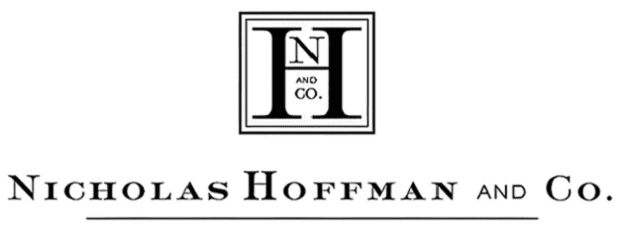
The Richness of Simplicity
August 28, 2017
I recently joined several friends for a hike in the Andes mountains of Peru. We spent four days hiking along ancient Incan trails, through a cloud forest, over an alpine tundra, and ultimately to the lost city of Machu Picchu. It was a refreshing break to be totally devoid of cell phone coverage, and the relentless barrage of pings, posts, and tweets. We were fortunate to have among our number a native Quechuan guide, steeped in Incan culture and history. It was the perfect environment for quiet reflection.
One evening, high along the slopes of Salkantay mountain, we were treated to a cloudless, moonless sky. It was the blackest sky I’ve ever seen and the stars sparkled with glittering beauty. As I gazed up at that magnificent sky, I couldn’t help but wonder how the Incans did it. At the height of their empire they numbered more than 10 million. They designed and built elaborate stone structures that have endured the power of earthquakes. And they did it all without wheels; without horses; without steel. Their methods remain a mystery to this day.
That’s when I remembered something equally astounding from our own era. We solved the enormously complex task of sending humans safely to the moon before we put wheels on luggage. It sounds preposterous but it’s true. Neil Armstrong took those first steps on the moon in July of 1969. The following summer, a gentleman named Bernard Sadow, was struggling with his luggage when he noticed an airport worker pushing a piece of machinery on a dolly. When he got home, he mounted four casters to his suitcase and applied for a patent which he received in 1972. It was a great idea, but it would be another 17 years before a Northwest Airlines pilot reduced the number of wheels by half, and integrated the telescoping handle, to produce the rollaboard luggage with which we are now so familiar.
With hindsight, these innovations seem simple and almost obvious. Surely it is easier to put wheels on luggage than to fly to the moon. Today, we have brilliant minds working on complex tasks like automated driving or artificial intelligence. It will be interesting to see how these potentially disruptive technologies emerge. There will be winners and losers for sure. I can’t help but wonder, though, about the simple ideas we are currently missing. What are those hidden innovations, like wheels on luggage, that are right before us, waiting to be discovered?
When it comes to investing, the simplest ideas can often have the most profound results. It’s really not rocket science. Develop a long-term strategy and stick to it. Don’t put all your eggs in one basket. Maintain exposure to public and private markets where appropriate. Keep your fees and expenses low. Arrange your affairs so you pay as little taxes as possible. In a world where complexity is ever increasing, where information is plentiful but wisdom is scarce, it makes good sense to follow the basic time-tested principles that have served so many investors well over generations.
Mike Masters

